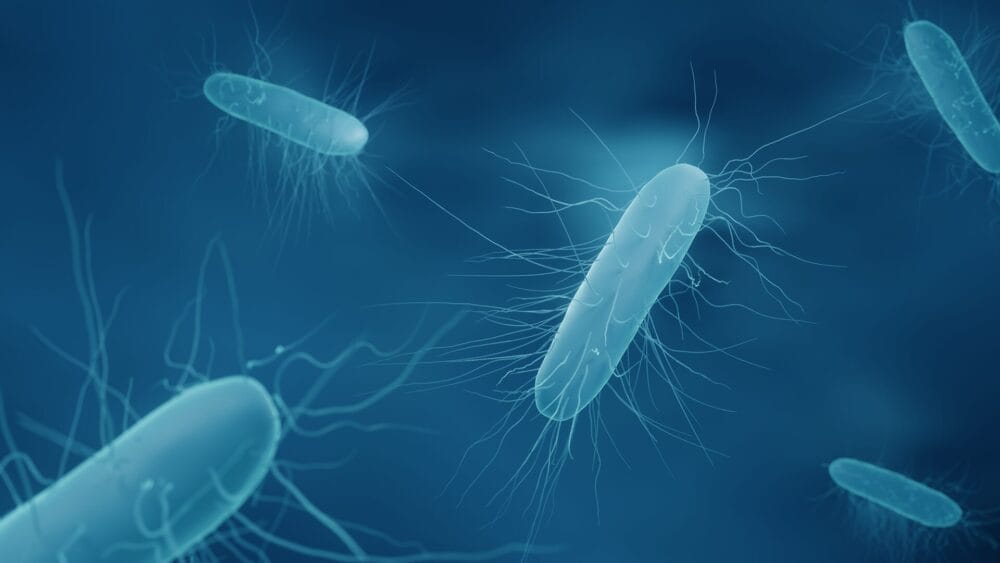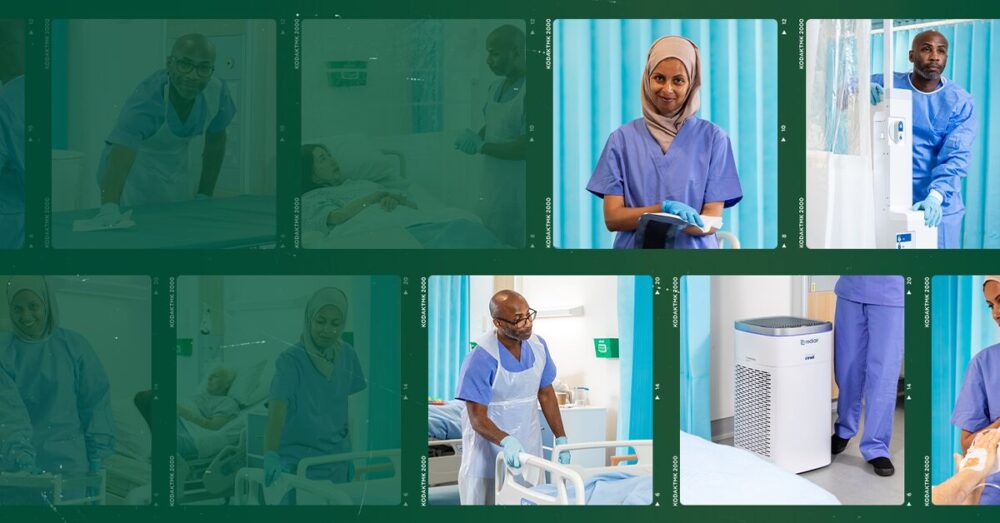Posted
27th July 2018
Research
We blogged last week about a lab study illustrating the potential for dry surface biofilms to harbour bacteria that can then be transferred via the hands of healthcare workers. This week, a new study in the Journal of Hospital Infection illustrates dramatically the scale of the problem of dry surface biofilms in hospitals: a whopping 95% of 61 surfaces tested from three UK hospital groups had dry surface biofilms, and 58% of these samples grew MRSA! We need to think of ways to tackle dry surface biofilms in hospitals.
This multicentre study involved three hospital groups in Scotland, Wales, and England. 61 surface samples were collected from various wards and other clinical areas, and tested for the presence of dry surface biofilms. Almost every single surface had dry surface biofilm present. Surprisingly, despite the variability in the types of sample included (from alcohol gel bottle tops to keyboards to note holders), the physical structure of the biofilm was similar. Oddly though, the microbial composition of the biofilms was very different in one of the hospitals, containing mainly Bacillus species DNA compared with Staphylococcus DNA predominating in the other two hospitals. Its not clear why this difference existed, but could be due to differences in cleaning and disinfection frequency, materials, or chemicals.This helpful study guides us in moving forward to tackle dry surface biofilms on hospital surfaces. The extent of dry surface biofilms given the range in hospital and items sampled was surprising, and reinforces the need to consider biofilms when planning hospital cleaning and disinfection strategies. The finding that the structure of the biofilms was consistent across the hospitals is useful, and can feed into research and development activities to develop representative dry surface biofilm models. The heterogeneity in microbial composition of the biofilms warrants further investigation, but suggests that differences in local cleaning and disinfection strategy will influence the composition of dry surface biofilm, which could have clinical implications.The fairly recent findings of dry surface biofilms on hospital surfaces may well prompt a new era in the discovery and development of novel hospital disinfectants and disinfection strategies configured to tackle dry surface biofilms.
SHARE THIS ARTICLE
Tags
Latest News
IPC Tour 2024 Highlights
GAMA Healthcare and ACIPC once again joined forces to bring…
Can patient and resident hand hygiene be part of the solution to preventing infections?
The importance of practising proper hand hygiene is widely considered…
Confronting the hidden threat of C. diff
The power of effective surface decontamination The hidden threat of…
Reflections and learnings from International Infection Prevention Week (IIPW)
International Infection Prevention Week shines a spotlight on the crucial…



